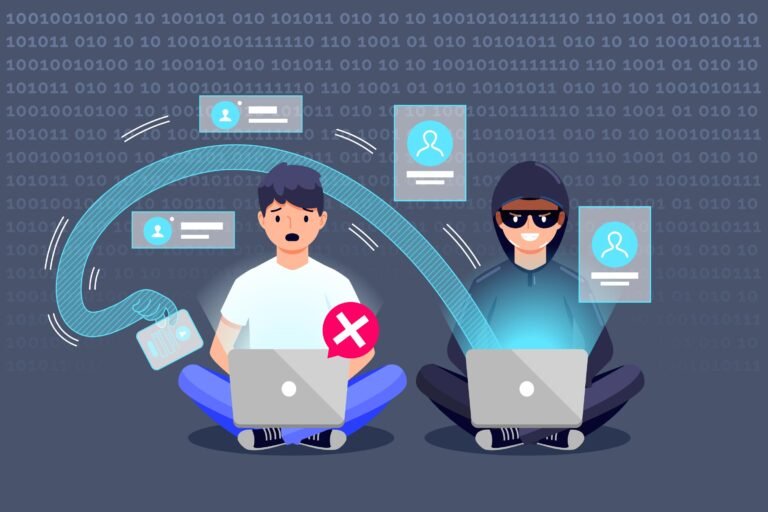Phishing scams have become one of the most common cybersecurity threats, targeting individuals and businesses alike. Cybercriminals use deceptive emails, fake websites, and fraudulent messages to steal sensitive information. Understanding how to identify phishing scams is crucial to protecting yourself from identity theft and financial loss. In this guide, we’ll explore the signs of phishing scams, detecting phishing attempts, and how to stay safe online.
What is a Phishing Scam?
Phishing is a cyber-attack where scammers impersonate legitimate sources to trick users into providing personal or financial information. These attacks can come in different forms, such as:
- Email phishing – Fake emails claiming to be from trusted companies
- Website phishing – Fraudulent websites mimicking legitimate businesses
- Phone scams – Impersonating customer support representatives
- Social media phishing – Fake messages and links designed to steal user credentials
How to Identify Phishing Emails
Phishing emails are one of the most common types of cyber threats. Here are some common red flags:
- Generic greetings – Emails that start with “Dear Customer” instead of your name
- Urgent language – Messages that threaten account suspension or financial loss
- Suspicious links – URLs that look similar but have small spelling differences (e.g., paypa1.com instead of paypal.com)
- Unexpected attachments – Attachments that contain malware
- Requests for personal information – Legitimate organizations never ask for sensitive details via email
Signs of Phishing Websites
Fake websites often trick users into entering their login credentials or financial details. Here’s how to recognize them:
- Check the URL carefully – Look for small misspellings or extra characters
- Ensure HTTPS security – Secure sites use “https://” instead of “http://”
- Look for design inconsistencies – Poorly designed pages or low-quality logos
- Avoid pop-up login forms – Trusted websites rarely use pop-ups for login information
Common Phishing Scam Examples
To help you stay alert, here are some real-life phishing scams:
- Fake bank alerts – Emails claiming suspicious activity on your account
- Tech support scams – Calls from “Microsoft” or “Apple” claiming your computer is infected
- Lottery and prize scams – Messages stating you won a lottery you never entered
- Online shopping fraud – Fake e-commerce sites offering products at unrealistic discounts
Detecting Phishing Attempts
Cybercriminals use social engineering techniques to make their scams more believable. Here are some ways to detect phishing attempts:
- Verify the sender’s email address – Check for subtle misspellings
- Avoid clicking on links in suspicious emails – Hover over links to see where they lead
- Be skeptical of urgent requests – Scammers often create a sense of urgency to push users into action
How to Avoid Online Phishing Attacks
Protecting yourself from phishing requires awareness and proactive measures:
- Enable two-factor authentication (2FA) – Adds an extra layer of security to your accounts
- Keep software updated – Security patches help protect against vulnerabilities
- Use a reliable antivirus program – Helps detect and block phishing threats
- Report phishing attempts – Notify your email provider or cybersecurity authorities
Protect Yourself from Phishing
Here are a few essential tips to enhance your online security:
- Never share personal information via email or messages
- Bookmark frequently visited websites to avoid fake links
- Regularly monitor your bank statements for unauthorized transactions
- Use a password manager to create and store strong passwords
Phishing Awareness Training
Educating yourself and others about phishing scams is crucial in minimizing risks:
- Enroll in cybersecurity courses – Many online platforms offer free security awareness training
- Stay updated on the latest scams – Cybercriminals constantly evolve their tactics
- Train employees in businesses – Phishing is a major threat to companies, so employee education is essential
Conclusion
Phishing scams are growing more sophisticated, making it essential to stay vigilant. By recognizing phishing emails, avoiding fake websites, and taking preventive measures, you can protect yourself from online fraud. Stay informed, practice safe browsing habits, and always verify before clicking on links or sharing sensitive information.
Staying cyber-aware is your best defense against phishing scams. Stay safe online!
